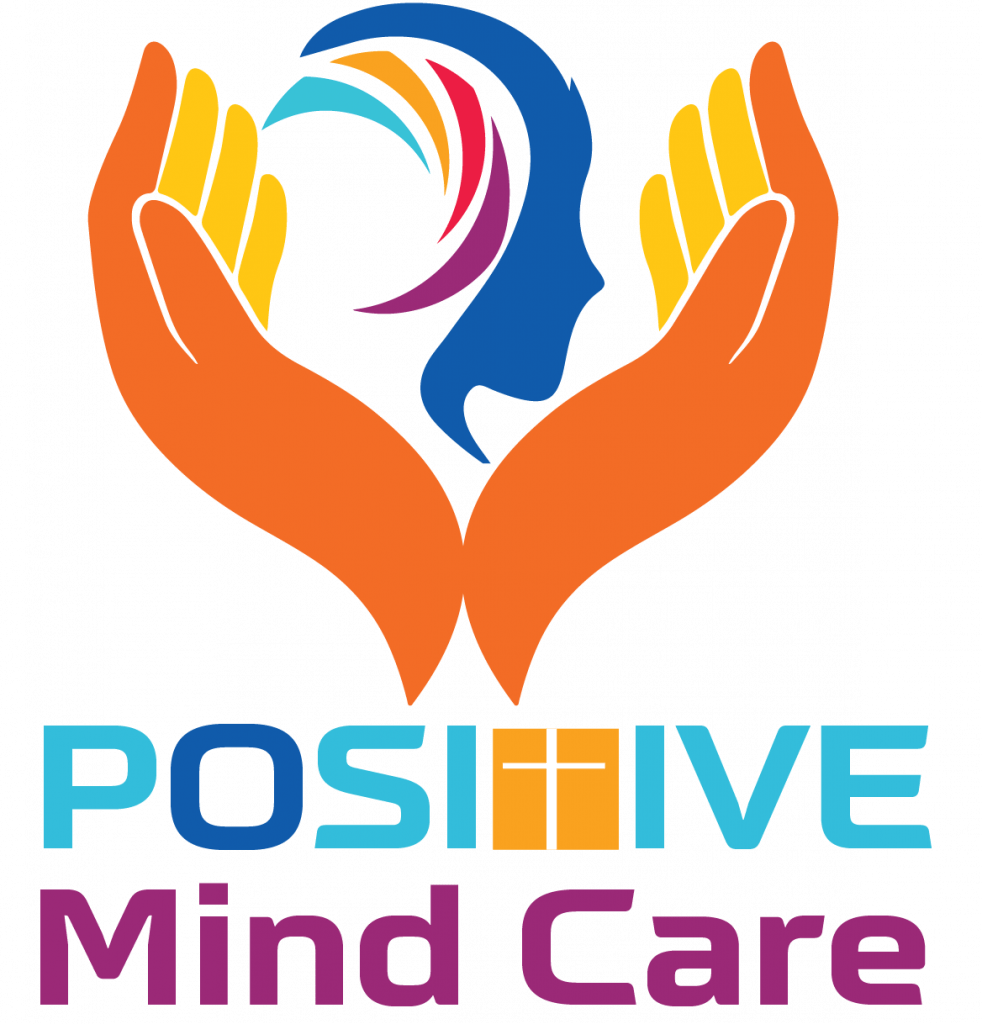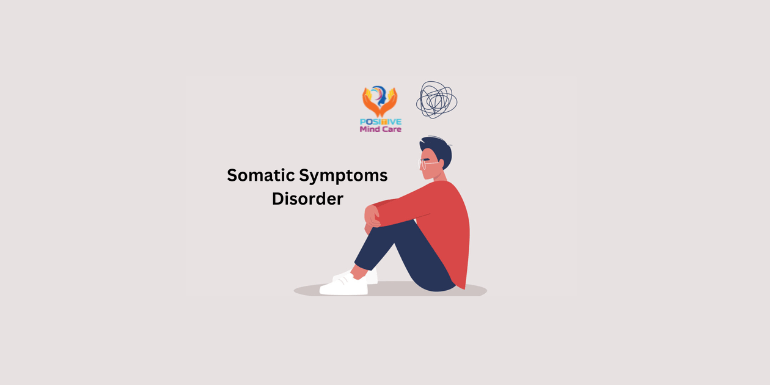Somatic symptom disorder (SSD), previously known as somatization disorder, is a mental health condition characterized by excessive or disproportionate concerns about physical symptoms, along with persistent thoughts, feelings, and behaviors related to these symptoms. Individuals with SSD may experience a wide range of bodily complaints, which can be distressing and interfere with their daily functioning.
Here are some key points about somatic symptom disorder
- Physical symptoms: People with SSD typically have one or more persistent physical symptoms that cause distress or impairment. These symptoms can be related to various bodily systems, such as pain, gastrointestinal problems, neurological issues, or fatigue. The symptoms may be specific or vague and are often not fully explained by a known medical condition.
- Excessive preoccupation: Individuals with SSD tend to have an excessive preoccupation with their physical symptoms, constantly worrying about their severity, meaning, or potential implications. They may have an exaggerated fear of having a serious illness, even when medical evaluations fail to identify a specific cause.
- Excessive health-related behaviors: People with SSD often engage in excessive health-related behaviors, such as visiting doctors frequently, seeking multiple medical opinions, undergoing numerous medical tests or procedures, or researching symptoms extensively. These behaviors are driven by the persistent belief that there must be an underlying medical explanation for their symptoms.
- Emotional distress: Somatic symptoms can be associated with significant emotional distress, including anxiety, depression, frustration, or anger. The distress may result from the impact of the symptoms on daily life, the fear of having a serious illness, or the frustration of not receiving a clear medical diagnosis.
- Impairment in functioning: SSD can significantly impair a person’s ability to carry out daily activities, maintain relationships, or perform effectively at work or school. The constant focus on physical symptoms and related behaviors can consume a significant amount of time and energy.
- Duration and persistence: The symptoms of SSD typically persist for an extended period, often lasting for several months or even years. The condition can fluctuate in intensity over time, but the preoccupation with symptoms and the distress they cause remain relatively constant.
Somatic symptoms disorder treatment
The treatment of somatic symptom disorder (SSD) typically involves a multidisciplinary approach that addresses the physical, psychological, and social aspects of the condition. Here are some common treatment approaches used for SSD:
- Psychotherapy: Psychotherapy, particularly cognitive-behavioral therapy (CBT), is often the first-line treatment for SSD. CBT helps individuals identify and challenge negative thoughts, beliefs, and behaviors associated with their somatic symptoms. It focuses on helping them develop healthier coping strategies, reduce symptom preoccupation, and improve overall functioning.
- Stress management techniques: Since stress and emotional factors can contribute to the manifestation of somatic symptoms, learning stress management techniques can be helpful. Techniques like relaxation exercises, mindfulness meditation, deep breathing exercises, and other stress reduction strategies can assist individuals in managing their symptoms and reducing their impact.
- Education and psychoeducation: Educating individuals about SSD and its underlying mechanisms can help them better understand their condition and reduce unnecessary worry or fear. Psychoeducation aims to empower individuals with knowledge about the mind-body connection, the role of stress in symptom exacerbation, and ways to manage symptoms effectively.
- Medication: In some cases, medication may be considered as an adjunct to psychotherapy. Antidepressants, particularly selective serotonin reuptake inhibitors (SSRIs), have shown some effectiveness in treating SSD. These medications can help manage associated anxiety, depression, or obsessive-compulsive symptoms.
- Supportive interventions: Supportive interventions, such as supportive therapy or counseling, can provide individuals with a safe and empathetic environment to express their concerns, emotions, and frustrations related to their symptoms. Support groups can also be beneficial, as they allow individuals to connect with others experiencing similar challenges and provide a sense of validation and understanding.
- Coordinated care: Collaboration between healthcare providers is crucial in the treatment of SSD. Coordinated care involves a team-based approach that may include primary care physicians, mental health professionals, and specialists from various medical disciplines. This approach ensures comprehensive assessment, appropriate referrals, and consistent communication to address both the physical and psychological aspects of the disorder.
It’s important to note that treatment for Somatic symptom disorder (SSD) is individualized, and the specific approach may vary depending on the severity of symptoms and the needs of the individual. If you or someone you know is struggling with Somatic symptom disorder (SSD), it is recommended to seek professional help from a qualified mental health professional who specializes in the treatment of somatic symptom disorder.
Take the first step towards a brighter future today.



